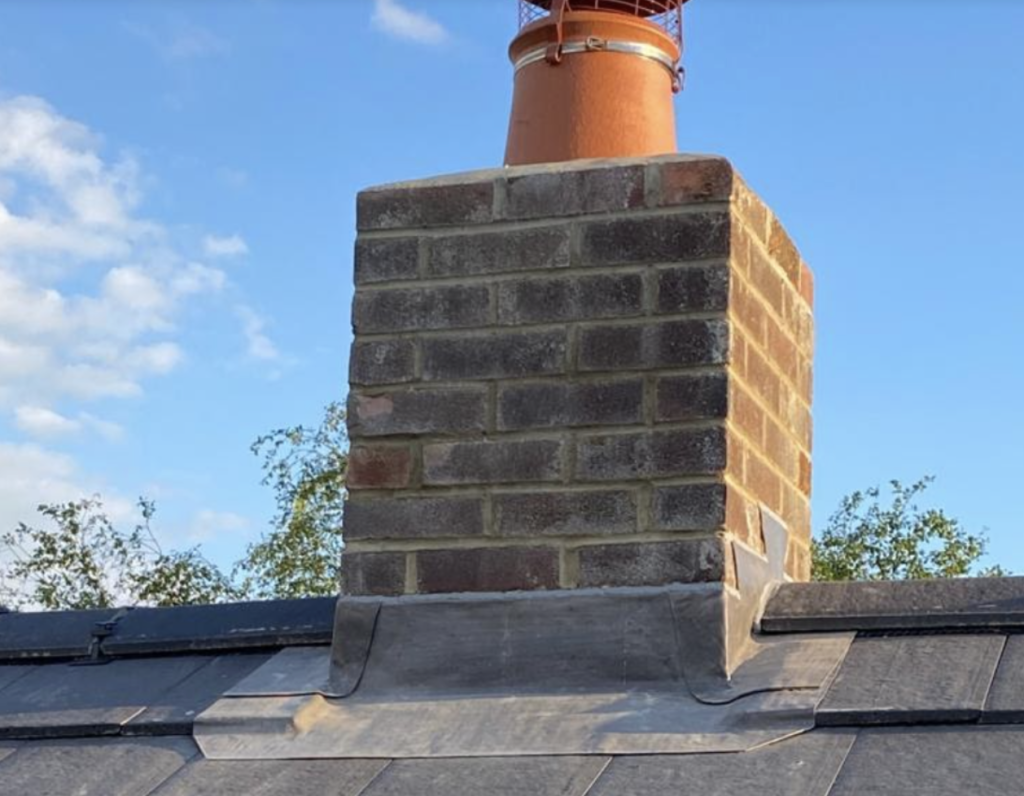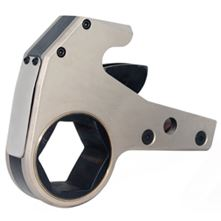Ensuring Safety and Longevity: The Importance of Chimney Repair

Chimneys are essential components of homes that provide ventilation for smoke, heat, and gases from fireplaces, stoves, and furnaces. Over time, chimneys can suffer from wear and tear, necessitating repair to maintain their functionality and ensure safety. This article explores the significance of chimney repair, common issues faced by chimneys, and tips for effective maintenance.
Understanding the Need for Chimney Repair
Chimneys, like any other part of a house, require regular maintenance and repair to function efficiently and safely. Neglecting chimney maintenance can lead to various problems, including structural damage, decreased efficiency, and potential safety hazards.
Why Chimney Repair is Crucial
- Safety: A damaged chimney can pose serious safety risks. Cracks or blockages can cause harmful gases like carbon monoxide to seep into the living space, leading to health hazards. Regular chimney repair ensures that these issues are addressed promptly.
- Preventing Fires: Creosote buildup inside the chimney can ignite and cause chimney fires. Repairing and cleaning the chimney regularly reduces the risk of such dangerous incidents.
- Improved Efficiency: A well-maintained chimney ensures proper ventilation, improving the efficiency of your heating system. This leads to better heat distribution and lower energy costs.
- Structural Integrity: Over time, weather conditions and usage can cause wear and tear to the chimney structure. Regular repairs prevent further damage and maintain the structural integrity of the chimney and the house.
Common Chimney Issues
Understanding common chimney issues can help in identifying when repairs are needed. Here are some prevalent problems that chimneys can face:
1. Cracked or Deteriorated Masonry
The masonry of a chimney can crack or deteriorate due to exposure to harsh weather conditions, age, or poor construction. This can lead to structural instability and water infiltration, causing further damage.
2. Creosote Buildup
Creosote, a byproduct of burning wood, can accumulate inside the chimney. This highly flammable substance increases the risk of chimney fires if not cleaned regularly.
3. Chimney Blockages
Blockages caused by debris, bird nests, or other obstructions can hinder the proper ventilation of smoke and gases. This can lead to dangerous levels of carbon monoxide inside the home.
4. Damaged Chimney Crown
The chimney crown, the top part of the chimney, prevents water from entering the flue. Cracks or damage to the crown can allow water to seep in, causing internal damage to the chimney.
5. Leaking Flashing
Flashing is the material used to seal the joint between the chimney and the roof. Damaged or deteriorated flashing can lead to leaks, causing water damage to both the chimney and the roof.
The Chimney Repair Process
Chimney repair involves a series of steps to ensure that the chimney functions properly and safely. Here’s an overview of the typical repair process:
1. Inspection
A thorough inspection is the first step in identifying the extent of damage and necessary repairs. Professional chimney sweeps use specialized tools and cameras to assess the condition of the chimney.
2. Cleaning
Before any repairs, the chimney must be cleaned to remove soot, creosote, and debris. This ensures that the repair work is effective and that no hidden issues are overlooked.
3. Masonry Repairs
Cracked or deteriorated masonry is repaired using suitable materials. This may involve repointing, where the damaged mortar is removed and replaced, or rebuilding sections of the chimney if necessary.
4. Flue Repair or Replacement
If the flue is damaged, it may need to be repaired or replaced. This ensures that the chimney can vent smoke and gases effectively.
5. Crown and Cap Repair
Damaged chimney crowns and caps are repaired or replaced to prevent water infiltration. This is crucial for protecting the internal structure of the chimney.
6. Flashing Repair
Leaking flashing is repaired or replaced to ensure a watertight seal between the chimney and the roof. This prevents water damage to the roof and chimney structure.
Tips for Maintaining Your Chimney
Regular maintenance can prolong the life of your chimney and reduce the need for extensive repairs. Here are some tips for keeping your chimney in good condition:
1. Schedule Regular Inspections
Have your chimney inspected at least once a year by a professional chimney sweep. This helps identify issues early and prevents costly repairs.
2. Clean Your Chimney
Regular chimney cleaning, especially if you use your fireplace frequently, is essential to prevent creosote buildup and blockages. Hire a professional chimney sweep for thorough cleaning.
3. Use the Right Fuel
Burn only seasoned wood in your fireplace. Avoid burning wet or green wood, as it produces more creosote. Also, refrain from burning paper or other materials that can cause blockages.
4. Install a Chimney Cap
A chimney cap prevents debris, animals, and rain from entering the chimney. It also helps prevent downdrafts and improves ventilation.
5. Address Repairs Promptly
If you notice any signs of damage, such as cracks, leaks, or unusual odors, address them promptly. Delaying repairs can lead to more extensive and costly damage.
Conclusion
Chimney repair is vital for ensuring the safety, efficiency, and longevity of your chimney and home. Regular inspections, cleaning, and timely repairs can prevent hazardous situations and maintain the structural integrity of your chimney. By understanding the common issues and following proper maintenance tips, you can enjoy a safe and efficient heating system for years to come.







